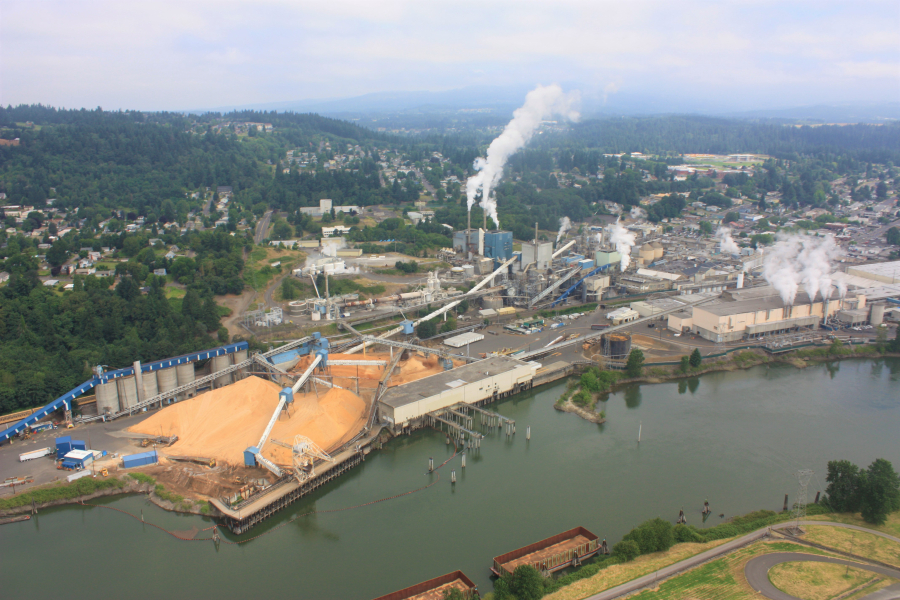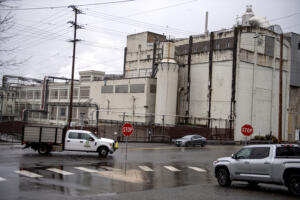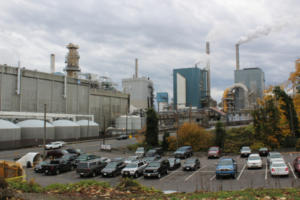Seven months after at least 50 Camas residents and public officials urged the state’s Department of Ecology during an April 20 public hearing to push for more restrictive environmental cleanup standards at the Georgia-Pacific paper mill in downtown Camas, the public will soon be able to weigh in on the mill’s future environmental cleanup efforts.
“The mill has been an active part of our community for over a century, and the site continues to be key for Camas and the region,” Carrie Schulstad, executive director of the Downtown Camas Association (DCA) said. “It’s critical that we get our community involved in its future, including how any contamination is cleaned up, since this influences how the site could be redeveloped one day.”
The DCA is accepting applications through Dec. 6, from community members interested in serving on a community advisory group that will guide public participation during the mill’s cleanup process.
“The advisory group will be a big part of helping us reach all corners of the community and provide strong, informed feedback to Ecology as they investigate and plan for cleanup,” Schulstad said.
The advisory group will supervise the DCA’s public involvement consultant’s work; encourage public participation in the cleanup process; review technical materials; respond to Ecology and GP regarding the cleanup process and findings of the investigation into potentially harmful chemicals at the mill site. Advisory group members are expected to meet every other month December 2021 through the summer of 2023, according to the DCA.





